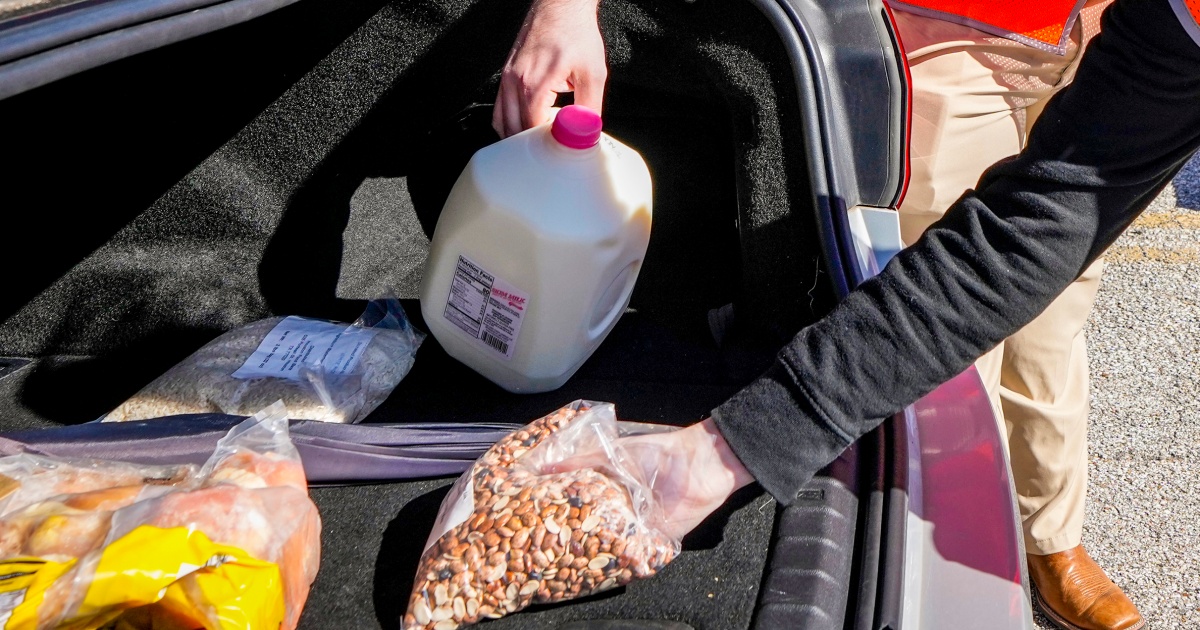Public Health Response
On October 24, PHMDC posted a food and symptom history questionnaire on its website. The link was distributed widely through a press release and on social media. All persons who experienced symptoms after eating food from the restaurant during October 22–24 were asked to complete the questionnaire. Respondents were asked to provide the names of other persons who had eaten food from the restaurant and become ill. The hospital provided PHMDC with the names of nine patients who sought care during October 23–24 after eating at the restaurant. On October 25, PHMDC contacted persons on this list who had not completed a questionnaire and asked them to complete the questionnaire.
During October 24–30, PHMDC received 208 responses; 101 were excluded from analysis because they contained 1) mostly incomplete information, 2) the name of a fictional character, 3) names or addresses that included marijuana or THC-related words, or 4) information that indicated the person did not actually eat food from the restaurant. The remaining 107 responses were considered valid (Figure 2). An outbreak-associated case of THC intoxication was defined as at least one of the following signs or symptoms (Table): dizziness, sleepiness, anxiety, short term memory impact or time distortion, increased heart rate, nausea, paranoia, panic attack, increased blood pressure, vomiting, or hallucinations in a person who ate pizza, garlic bread, cheese bread, or a grinder (submarine sandwich) purchased from the restaurant during October 22–24, with symptom onset within 5 hours of eating the restaurant’s food. Eighty-five persons met the case definition for THC intoxication. Median time from eating food to symptom onset was 1 hour (range = 0–4 hours). Forty-seven persons meeting the case definition were male, and 38 were female; median age was 43 years (range = 1–91 years). Thirty-three persons consulted a health care provider (28 in a hospital ED and five elsewhere), and three were hospitalized for at least 1 night. Based on self-reporting in the questionnaire comments and information from the hospital, 15 persons received a positive test result for THC (Supplementary Figure). Information about whether THC testing was performed was not available from the other 70 respondents. Eight persons (9%) were children and adolescents aged <18 years, none of whom was hospitalized. Dizziness was the only symptom reported for the youngest child (aged 1 year) with “not sure” indicated for all other symptoms in the questionnaire. Four children, aged <13 years (range = 3–8 years), had symptoms of dizziness (four), nausea (four), sleepiness (four), vomiting (three), anxiety (two), paranoia (one), short-term memory impact or time distortion (one), hallucinations (one), head or neck pain (one), and a heavy head (one). Respondents were asked to provide the names of other persons who ate food from the restaurant and became ill; eight additional persons who became ill after eating at the restaurant were identified, but none completed a questionnaire.
On October 24, PHMDC issued a press release alerting the public via social media not to eat leftover pizza purchased from the restaurant during October 22–24. This information was updated on October 28 to include leftover grinders, garlic bread, and cheese bread. The updated information was shared with the public via social media and PHMDC’s blog, which is posted to the PHMDC website and emailed to approximately 3,000 subscribers.
Source link

